Alaska
Alaska – The Last Frontier
Alaska, the 49th state of the United States, is a land of immense natural beauty and rich cultural heritage. Situated in the extreme northwest of North America,it shares its eastern border with Canada’s British Columbia and Yukon territories, while its western maritime border spans the Bering Strait, connecting it with Russia’s Chukotka Autonomous Okrug.
Size and Population
When it comes to size, Alaska stands unrivaled. It is the largest state in the U.S., with a total area exceeding the combined area of Texas, California, and Montana – the next three largest states. Alaska is the seventh-largest subnational division globally. However, despite its enormous size, Alaska is the third-least populous and most sparsely populated U.S. state, with a population of 736,081 as of 2020.
The state capital, Juneau, is the second-largest city in the United States by area, and the former capital, Sitka, is the largest. Around half of Alaska’s residents live within the Anchorage metropolitan area.
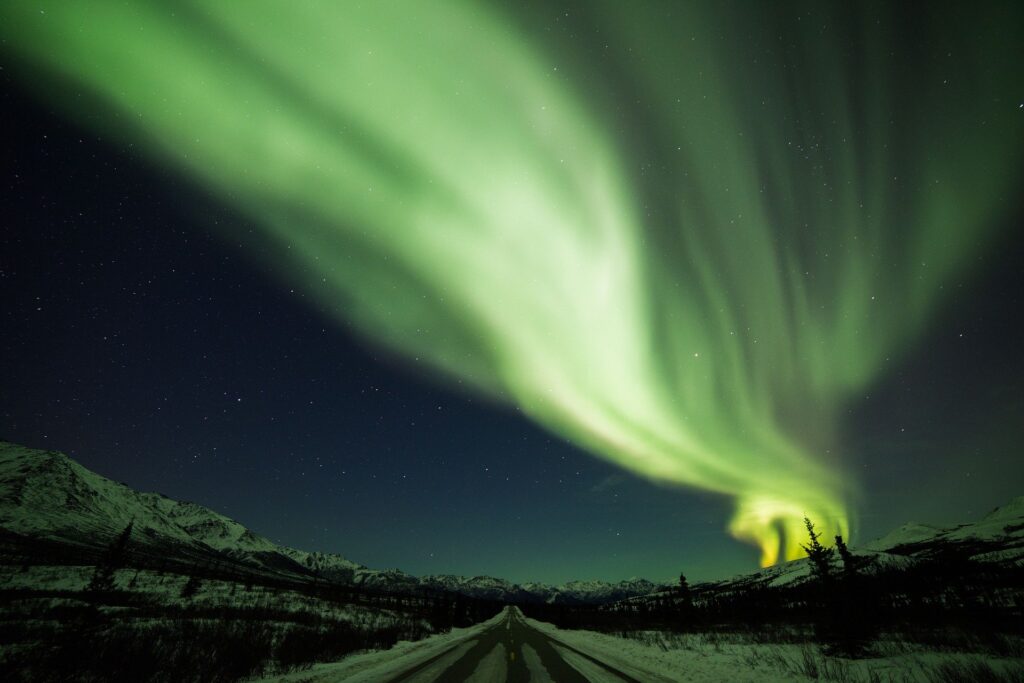
Indigenous People
Alaska has a rich history of indigenous people who have inhabited the region for thousands of years. It is believed to have served as the entry point for the initial settlement of North America via the Bering land bridge. The Russian Empire was the first to actively colonize the area from the 18th century, establishing Russian America, which spanned most of the present-day state.
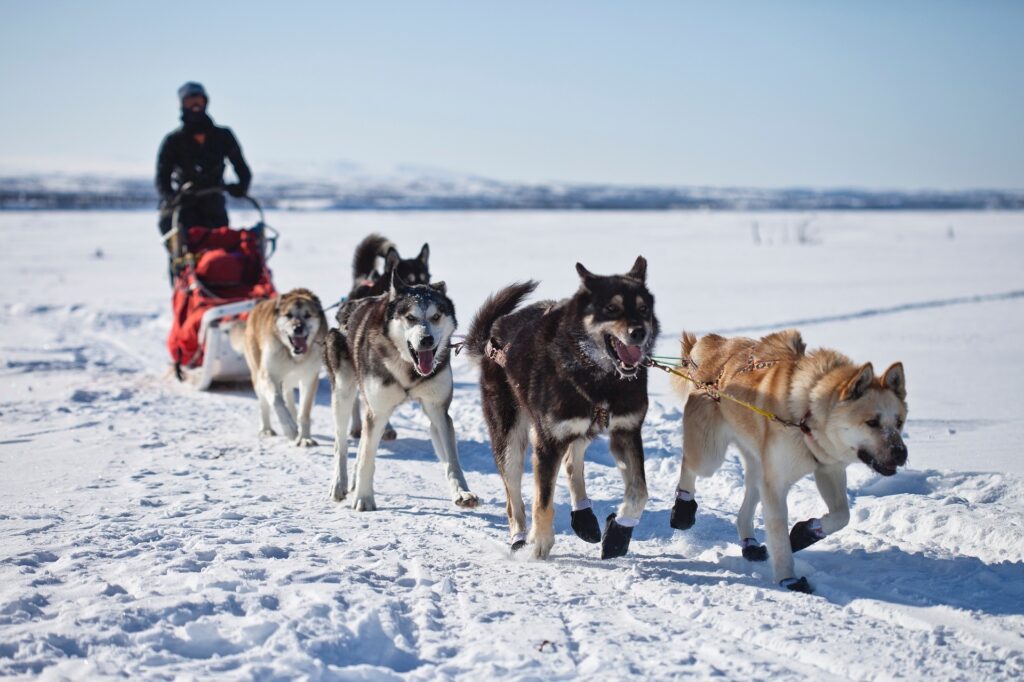
Russian Influence
The influence of the Russian Empire in Alaska is evident in the Alaskan Creole population, a native population fostered by the Russians. The remoteness and the expense of maintaining this distant possession eventually prompted its sale to the U.S. in 1867 for US$7.2 million. The region underwent numerous administrative changes before being organized as a territory on May 11, 1912. It was admitted as the 49th state of the U.S. on January 3, 1959.
Economy
Natural resources abound in Alaska, providing one of the smallest state economies with one of the highest per capita incomes. Commercial fishing, natural gas, and oil extraction dominate Alaska’s economy. The U.S. Armed Forces bases and tourism also contribute significantly. More than half the state is federally-owned land housing national forests, national parks, and wildlife refuges.
Indigenous Influence
The indigenous population of Alaska, at over 15%, is proportionally the highest of any U.S. state. Various indigenous languages are spoken, and Alaskan Natives exert a considerable influence on local and state politics.
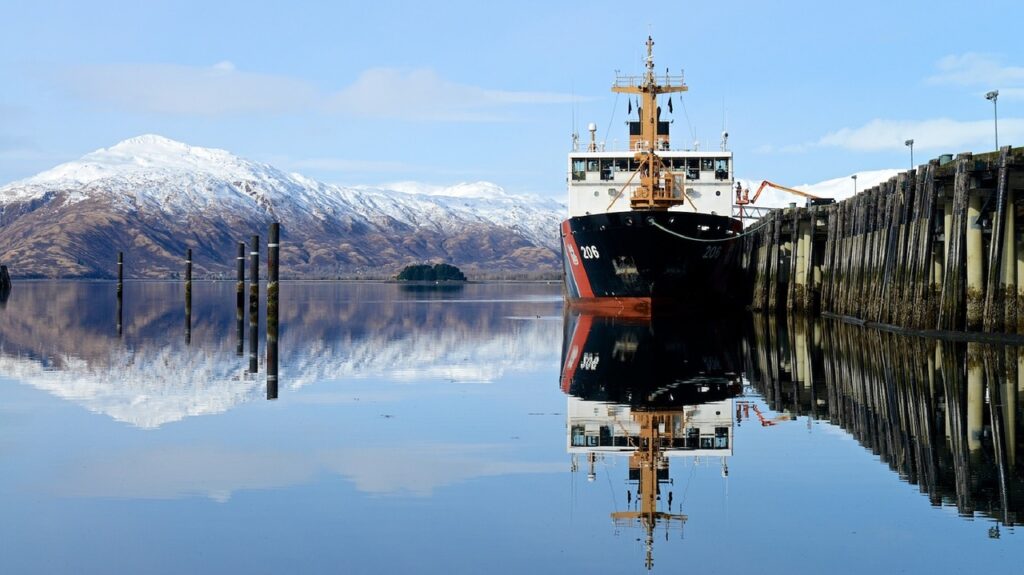
Etymology
The name “Alaska” originates from the Russian colonial period, referring to the Alaska Peninsula. It is derived from an Aleut-language idiom, alaxsxaq, meaning “the mainland” or, more literally, “the object towards which the action of the sea is directed.”
Historical Overview
Alaska’s history is a tapestry woven from the threads of diverse cultures and influences. Indigenous peoples occupied the region for thousands of years before European contact. Linguistic and DNA studies have provided evidence for the settlement of North America via the Bering land bridge.
The Tlingit people developed a society with a matrilineal kinship system of property inheritance and descent in what is today Southeast Alaska, along with parts of British Columbia and the Yukon. The Haida people are famous for their unique arts, and the Tsimshian people moved to Alaska from British Columbia in 1887.
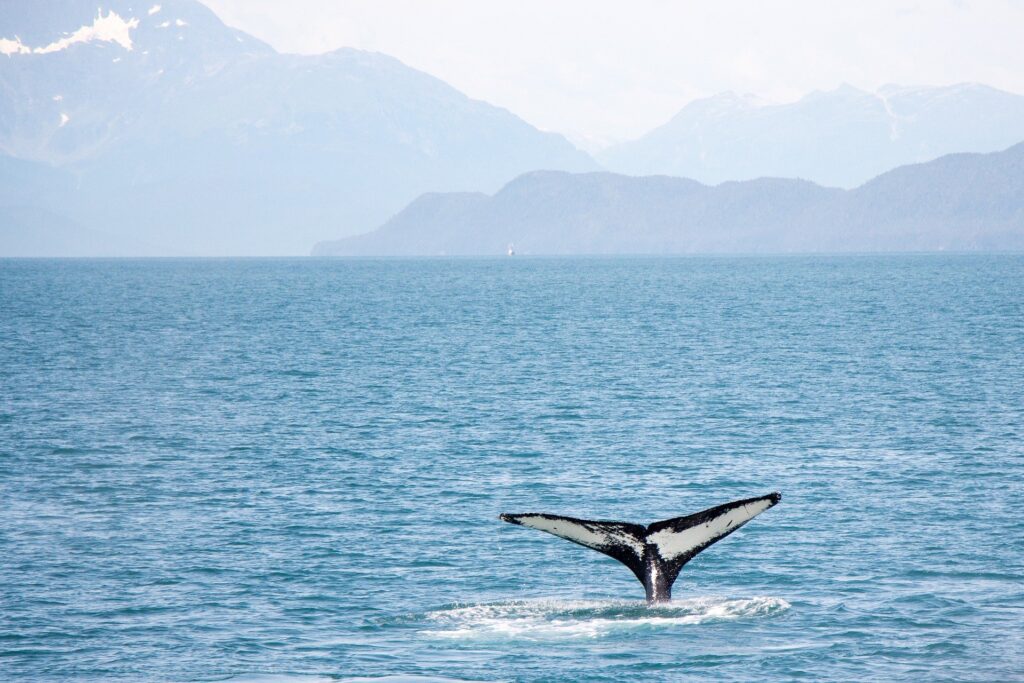
Colonization
The first Russian settlement in Alaska is believed to have been established in the 17th century. The first permanent European settlement was founded in 1784. Between 1774 and 1800, Spain sent several expeditions to Alaska to assert its claim over the Pacific Northwest.
Statehood
Statehood for Alaska was an important cause early in its tenure as a congressional delegate. The statehood movement gained momentum following a territorial referendum in 1946. The Alaska Statehood Committee and Alaska’s Constitutional Convention followed soon after. Statehood was approved by the U.S. Congress on July 7, 1958; Alaska was officially proclaimed a state on January 3, 1959.
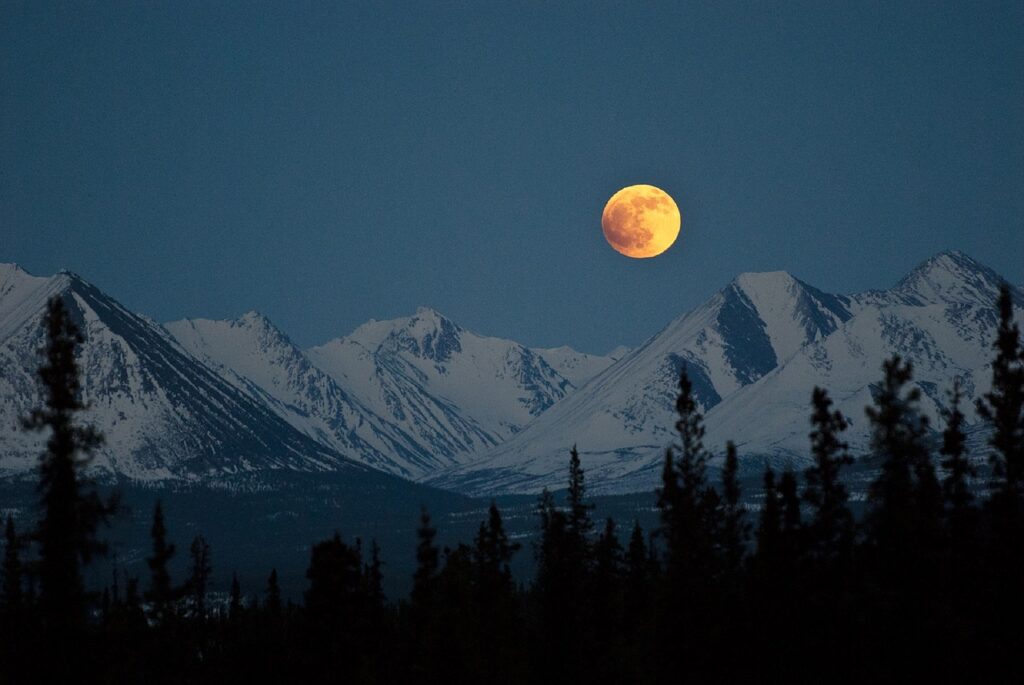
Good Friday Earthquake
On March 27, 1964, the massive Good Friday earthquake killed 133 people and destroyed several villages and portions of large coastal communities. It was the fourth-most-powerful earthquake in recorded history, with a moment magnitude of 9.2. The earthquake and the ensuing tsunamis caused significant damage to towns and property in Alaska, as well as people and property in British Columbia, Washington, Oregon, California, Hawaii, and Japan.
Today, Alaska stands as a testament to the resilience of its people and the power of its natural beauty, drawing tourists from around the world to marvel at its unique landscapes and rich cultural heritage.
